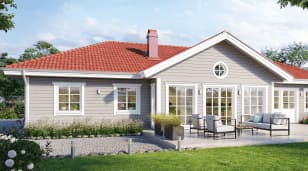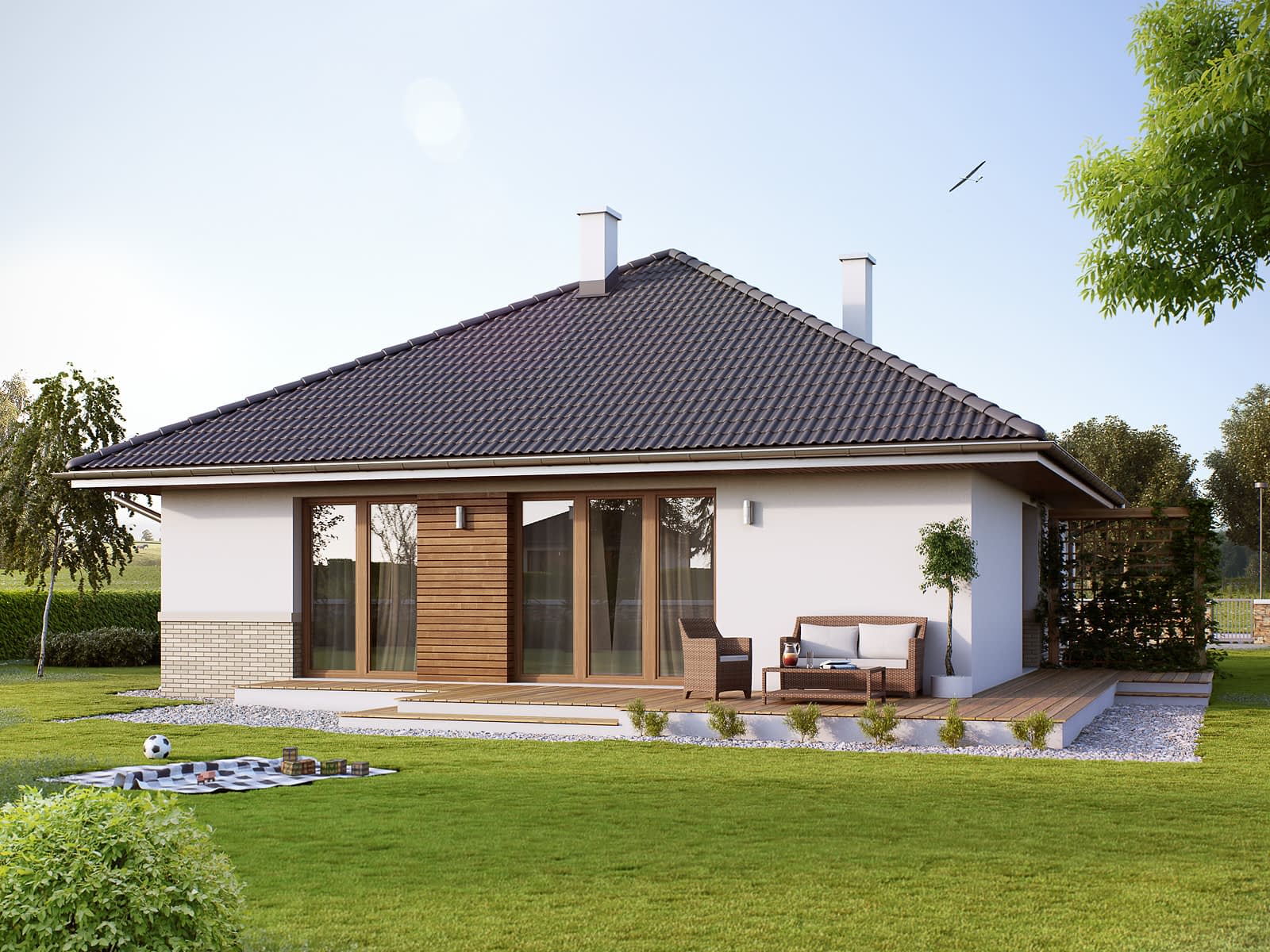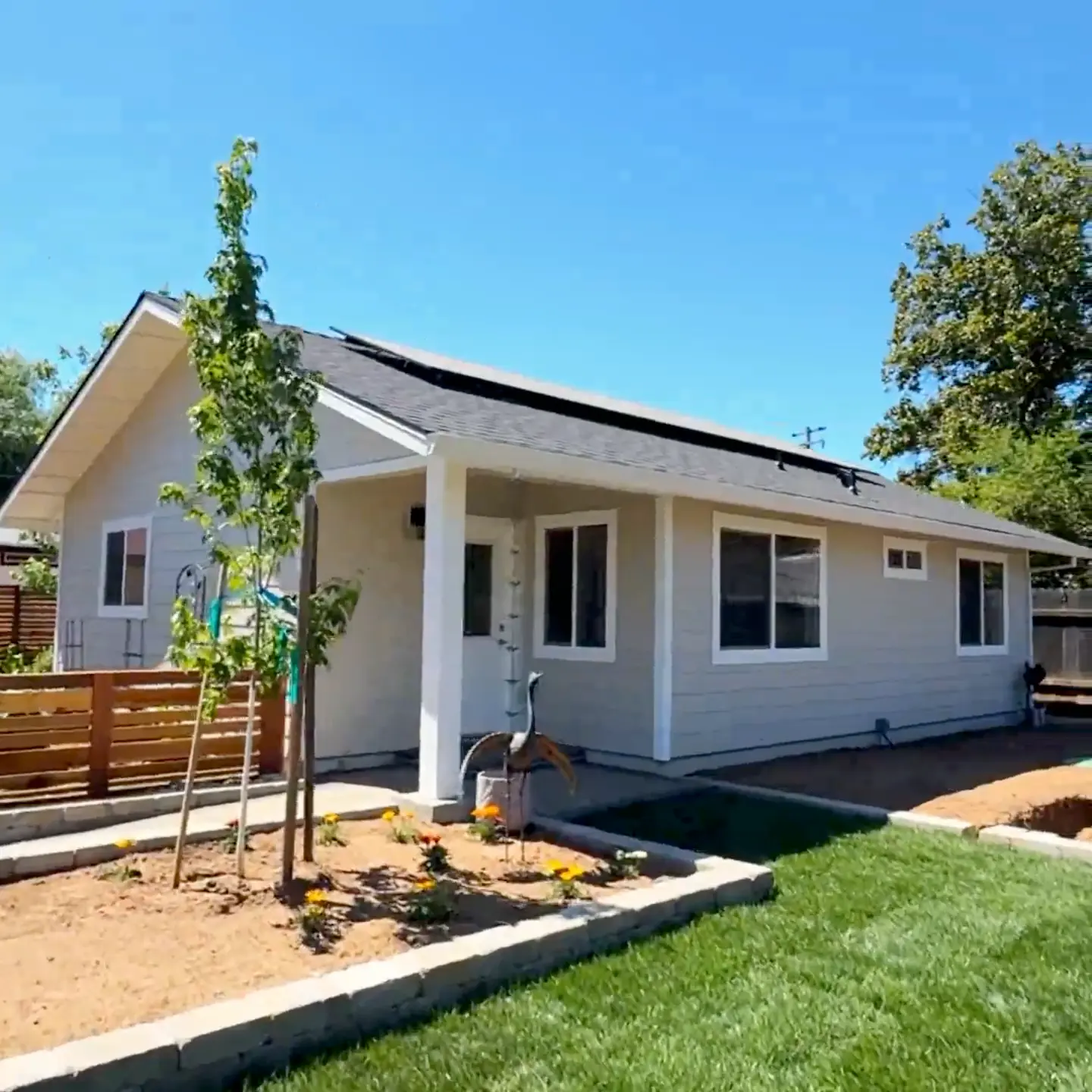





A link to download your FREE brochure will be in your inbox in 3 minutes



















The final price may vary based on project specifics.
To get a free accurate quote tailored to your needs, book a consultation with us today!

The price per square foot provided is an average and may vary depending on project-specific details such as materials, location, complexity, and other factors. Actual costs may differ from the average provided.
It is recommended to obtain a detailed quote based on the specific requirements of your project.

Please note that the monthly payment displayed on this page is an estimate and is subject to variation based on the selected loan product, applicants credit score, loan amount, and other financial details. Actual monthly payment may differ from the estimate provided.
It is recommended to seek advice from a financial advisor or loan officer to obtain precise payment information tailored to individual circumstances.
 Your Trusted
Local Contractor
Your Trusted
Local Contractor
California – the land of golden opportunities, balmy beaches, and a real estate landscape buzzing with activity. Amidst this panorama, a unique housing option has emerged, offering both homeowners and tenants a mix of flexibility and affordability – the Accessory Dwelling Unit (ADU). But how big can an ADU be in California?
Well, fasten your seatbelt, as we’re about to embark on a journey to uncover this mystery.
Navigating through the web of ADU laws can feel like trekking through a dense jungle, but fear not, we’re here to guide you. The maximum size limits of an ADU largely depend on whether it’s a detached ADU, attached to your primary dwelling unit, or a junior dwelling. Each has its own maximum ADU size limits and regulations defined by the state, but local ADU laws might add more intricacies to it.
A detached ADU, unattached to the primary dwelling, often termed a ‘backyard cottage’, has the freedom to be more generous in size with complete independent living facilities for one or more persons – read more about here – https://aplusconstructionremodeling.com/adu-builders/. Depending on the lot’s size and local regulations, they can sprawl up to 1,200 square feet. Whether you’re looking to add a dash of rental income to your wallet or create a comfortable space for elderly family members, a detached ADU offers a promising option.
Just remember, each city has its own ADU rules, but they all require the accessory structure to maintain certain yard setbacks from your primary dwelling, ensuring ample breathing room for both structures.
On the other hand, an attached ADU is an existing structure within your existing multifamily dwelling transformed into an ADU has a different tune to dance to. These are usually capped at 50% of the primary dwelling’s square footage, although a minimum of 800 square feet is often permissible.
The smallest of the trio, the junior ADU, is essentially an extra space within a single-family residence transformed into a compact living unit. Typically, not more than 500 square feet, a junior unit usually involves carving out an “apartment” from your home’s existing space, complete with its own bathroom and simple cooking facilities.
Junior accessory dwelling units are becoming a popular choice for homeowners looking for a smaller, cost-effective, and simpler addition.
So, how many rooms can you squeeze into your ADU without violating the ADU size limits? For detached ADUs, the generous square footage often allows for up to two bedrooms, subject to local ordinances and lot coverage constraints. An attached ADU, depending on its size, can comfortably fit a single-bedroom or two-bedroom ADU. As for junior in-law units, they are usually studio-style spaces, given the massing limits. No matter the number of bedrooms, it’s vital to adhere to fire sprinkler regulations and other safety standards for a secure and comfy ADU.
On the flip side of the ADU size spectrum, there are no strict minimum size limits set by California state law. However, local agencies may impose their own minimum ADU size limit based on community development limitations and affordable housing goals.
While ADU ordinances and regulations offer a framework, the ultimate judge of what’s a good ADU size is your needs and desires.
Remember, whether it’s a maximum unit size mansion or a minimalistic dwelling unit, the charm of your lADU lies not in its size but in the heart you pour into creating it.
Now that we’ve unraveled the enigma of ADU size in California, it’s time to turn your dream into reality. Whether existing multifamily buildings or single-family homes, ADUs present an opportunity to breathe new life into your property while providing much-needed housing solutions in our beloved California.
Yes, according to new ADU laws, both detached and attached ADUs can be constructed within a single-family dwelling.
Yes, local governments may require separate utility connections for an ADU, with associated fees.
Yes, the California ADU ordinance dictates specific size limits, which vary based on the type of ADU, the zoning of the property, and the size of the existing units.
ADU building permits do not require additional parking when an existing structure like a garage or a covered parking structure is converted into an ADU.
Yes, building an ADU can provide income from renting your accessory dwelling units, but local laws may require owner occupancy in the primary residence and additional impact fees.
A JADU is a smaller ADU, up to 500 sq. ft., that’s typically carved out from an extra space within a single-family home. In most cities, you can build one ADU and one Junior ADU on the same property.
Yes, each city has its own rules for lot coverage which includes all the buildings on a lot, not just the ADU. It’s best to consult with your local city planning office for the exact details.
Absolutely! Transforming an extra space like a garage or a basement into an ADU is a popular option for many homeowners. Embark on your ADU project with courage, armed with the knowledge you’ve gathered today. Happy building!

Get a First Look at Real ADU Projects